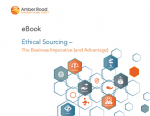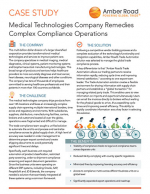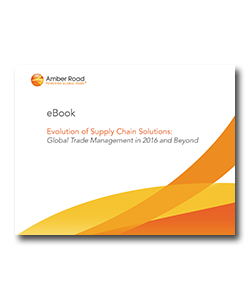Evolution of Supply Chain Solutions: Global Trade in 2016 and Beyond
More companies have recognized the benefits of automating global trade and have initiated Global Trade Management projects.
Supply chains, and the tools for managing them, have evolved over the last century. During the great industrial age, companies focused on improving relatively simple, but very labor-intensive, processes.
In contrast, supply chain engineering today allows manufacturers to manage extraordinarily complex international networks. How did supply chain technology and processes grow from 1915 to 2016?
Logistics innovation in the 1940s and ‘50s looked to improve material handling methods and equipment - such as pallets, lifts, containers and vehicles - to transport products in bigger quantities. Additionally, as markets globalized, the industry required a cost-effective means to ship goods en masse. By the 1960s, rapid freight movement for time-sensitive products emerged. The introduction of behemoth computer systems in the mid-1970s automated many of the manually-intensive processes of earlier days.
The 1980s marked the beginning of a metamorphosis in the history of supply chain management. The emergence of personal computers provided digital access to planners and a new graphical environment for planning. A flood of new technology, including flexible spreadsheets and map-based interfaces, made huge improvements in logistics planning and execution. Logistics management began to gain tremendous recognition in the industry as being very expensive, very important, and very complex.
The term “supply chain” emerged alongside the globalization of manufacturing, particularly the growth of manufacturing in China in the 1980s. Soon after, the idea of Global Trade Management (GTM) was established in the early 90s as a result of monumental changes to procurement, production, and shipment in new and diverse regions. Companies doing international business needed to become more efficient, minimize risk, and ensure on-time delivery in the midst of these changes.
What’s Related




Favorites





